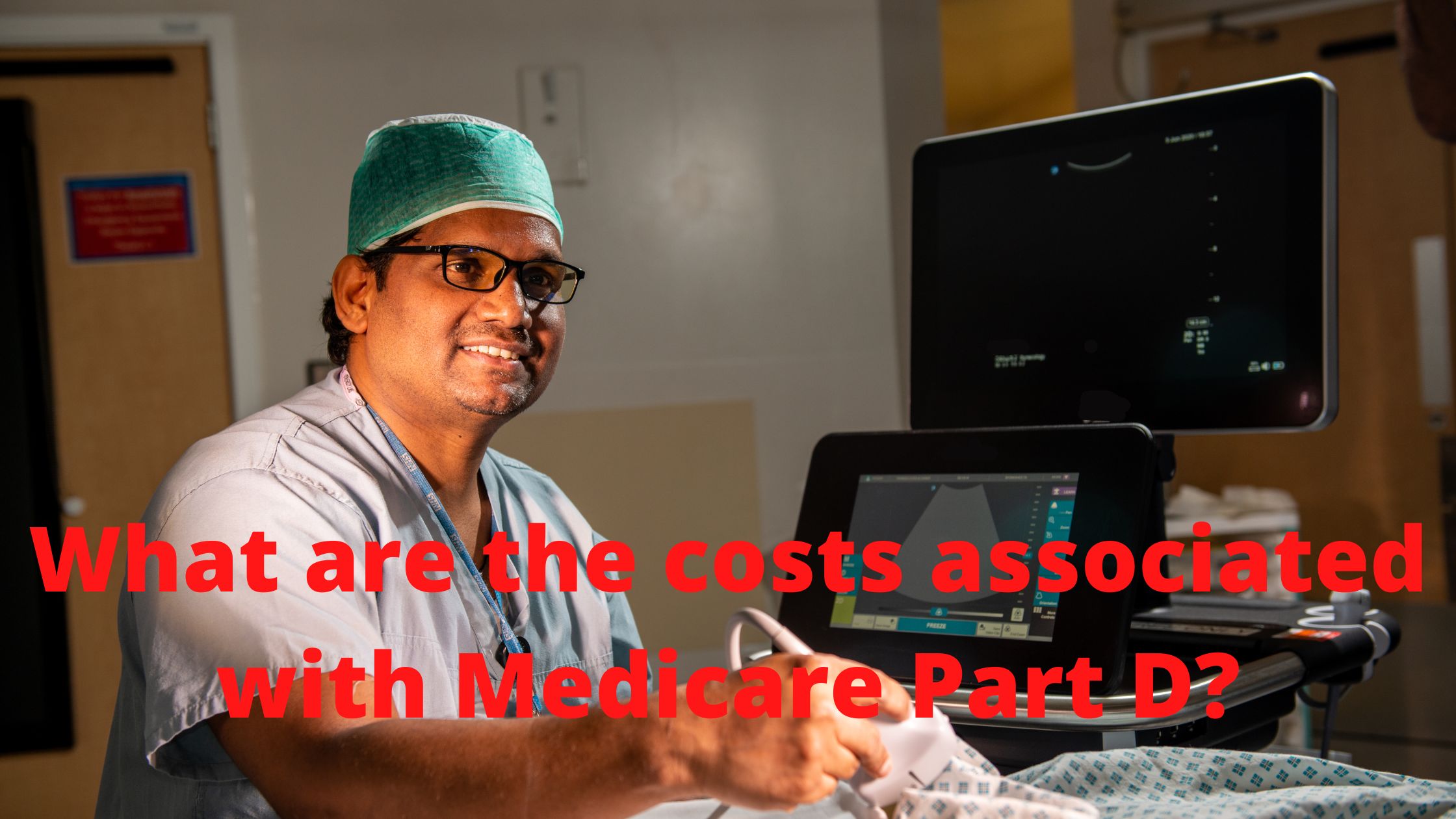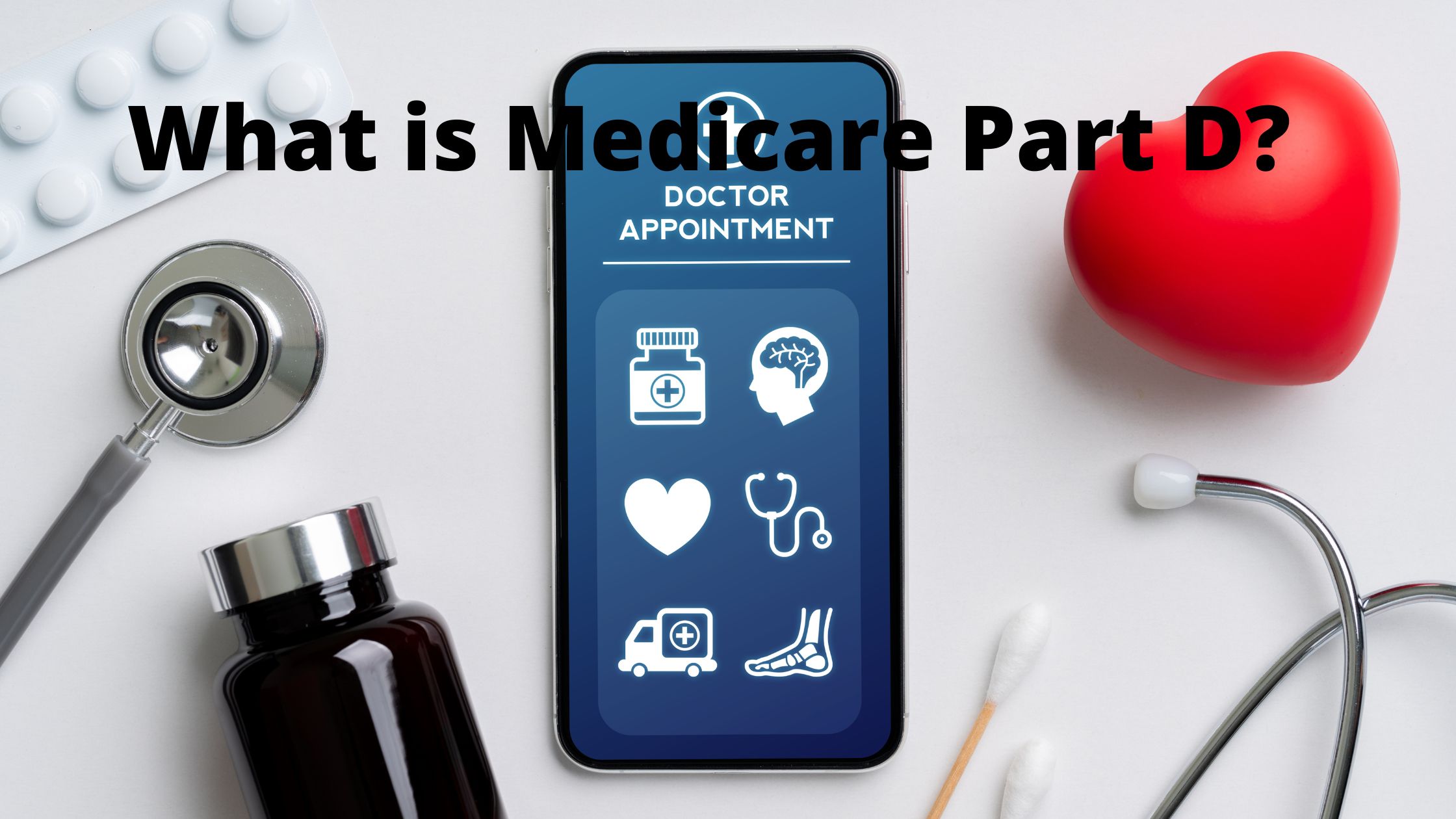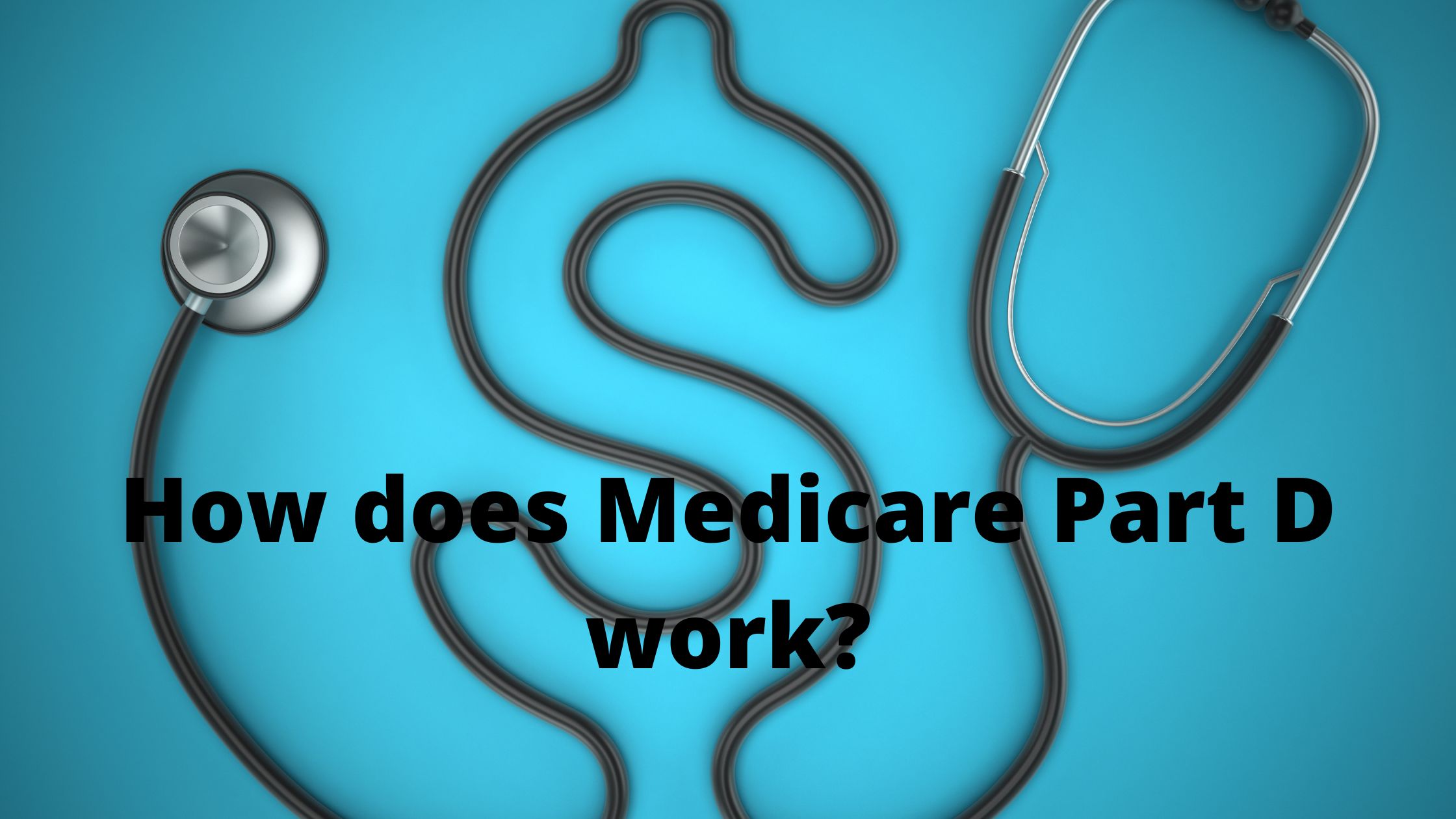Medicare Part D is a prescription drug program that helps seniors and people with disabilities afford their medications. Depending on your income, you may be required to pay part or all of the costs for your medications. In this article, we’ll explore the different types of payments you can make with Medicare Part D and how much they cost.
What is Medicare Part D?
Medicare Part D is a prescription drug program that helps seniors and people with disabilities afford prescription drugs. The program offers coverage for brand-name and generic drugs, and it pays for most of the costs.
If you are 65 or older, or have a disability, you may be eligible for Medicare Part D. You can sign up for Medicare Part D if you have an insurance plan that covers prescription drugs.
There is no monthly fee for Medicare Part D coverage. You only pay for the medications that you actually use. The program also offers a monthly rebate check that can help you save money on your prescription drugs.
If you have questions about Medicare Part D, call the Medicare information line at 1-800-MEDICARE (1-800-633-4227).
How does Medicare Part D work?
Medicare Part D is a prescription drug plan offered through the government. It allows people 65 years or older and people with disabilities to buy prescription drugs from pharmacies at reduced prices. The plan works like this: Medicare pays for the prescriptions, and the doctor or pharmacy bills Medicare directly.
The program has several important benefits. First, it lowers the cost of prescription drugs for seniors and people with disabilities. Second, it provides peace of mind because you know that your medication will be affordable. And finally, it helps keep medications available and accessible to those who need them most.
To take full advantage of Medicare Part D, be sure to have a copy of your Medicare card and your prescription drug coverage card in hand when you go to the pharmacy. You can also find more information about Medicare Part D on our website.
What are the different types of plans offered under Medicare Part D?
Type 1 plans are the most popular and cover basic drug costs for people with Medicare who have low incomes. The premiums for these plans are paid by the government and the enrollee pays only a modest monthly premium. Type 2 plans are similar to Type 1 plans, but they also cover some generic drugs and some specialty drugs. Enrollees in Type 2 plans usually pay more than those in Type 1 plans.
Type 3 plans provide coverage for more expensive medications and are designed for people with high incomes. These plans have higher premiums than Type 2 plans and enrollees usually pay all of their drug costs themselves.
The Part D plan you choose depends on your financial situation and your needs. You can find out more about the different types of Medicare Part D plans on Medicare’s website.
What are the costs associated with Medicare Part D?
Medicare Part D is a prescription drug program offered by the United States government. It was created in 2004 as an addition to Medicare, which is a social health insurance program for people age 65 and older.
The program offers drug coverage for seniors on a fee-for-service basis. This means that beneficiaries pay directly out of their pockets for their medications. However, there are some benefits to Medicare Part D that make it worth considering for seniors.
For one, the program is comprehensive. This means that it covers a variety of medications, including brand-name drugs and generic versions of those drugs. It also includes coverage for specialty medications and treatments. Plus, beneficiaries have access to discounts on prescriptions through the program’s private insurance premiums and through stand-alone pharmacies that participate in the program.
There are also cost savings associated with Medicare Part D. First, beneficiaries can receive discounts on their monthly premiums through the program’s private insurance premiums. Second, they can receive discounts on their prescriptions at participating stand-alone pharmacies. And finally, they can qualify for Medicaid or the Children’s Health Insurance Program (CHIP) if their income is below certain levels.
Despite these benefits,
How do I find out how much I pay for my Medicare Part D plans?
If you are enrolled in Medicare Part D, there are a few ways to find out how much you pay for your prescription drugs. You can use the Medicare website or the medicare.gov phone app.
To use the Medicare website, log in to www.medicare.gov and click on “My Account” on the top right-hand side of the screen. Under “Prescription Drug Plan Information,” select “View Drug Plans & Costs.”
To use the Medicare phone app, open the app and sign in using your Medicare number and password. Under “Medical Programs,” select “Part D Prescription Drug Plans.” On the next page, you will see a list of plans with costs highlighted in green. Click on the plan that is closest to your current drug costs and read the details about that plan.
Conclusion
Medicare Part D is a prescription drug program that provides coverage for medications and other health care services. In order to qualify for Medicare Part D, you must meet the following requirements: You are aged 65 or older
You have been enrolled in Medicare
You are not covered by any other government-sponsored health insurance plan
If you do not meet one of the above requirements, you can still receive Medicare benefits if you purchase supplemental coverage through a private insurer. According to the Centers for Medicare and Medicaid Services (CMS), the average monthly premium for an individual is $34.40. The maximum out-of-pocket limit per month is $735.80, which includes premiums and co-payments.

